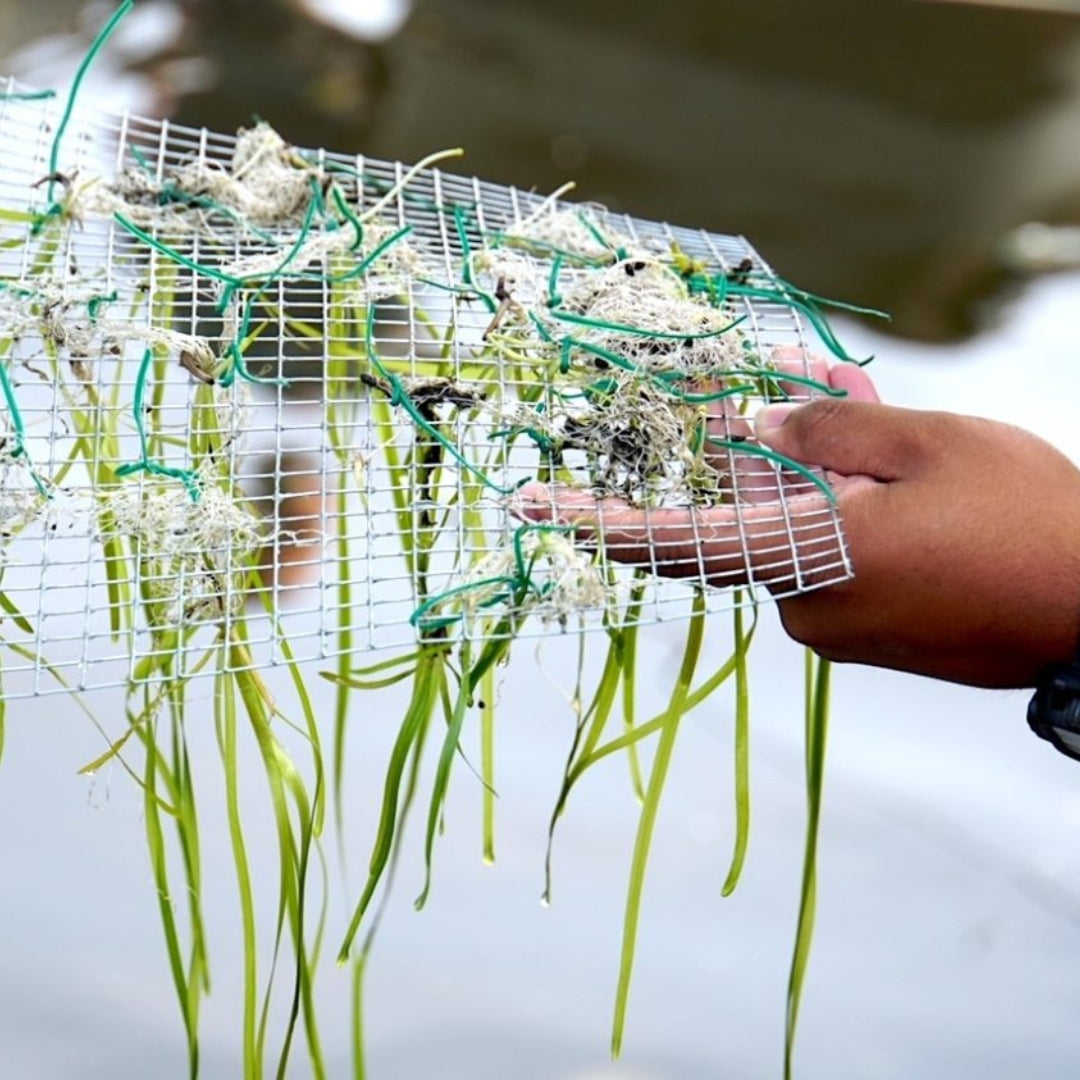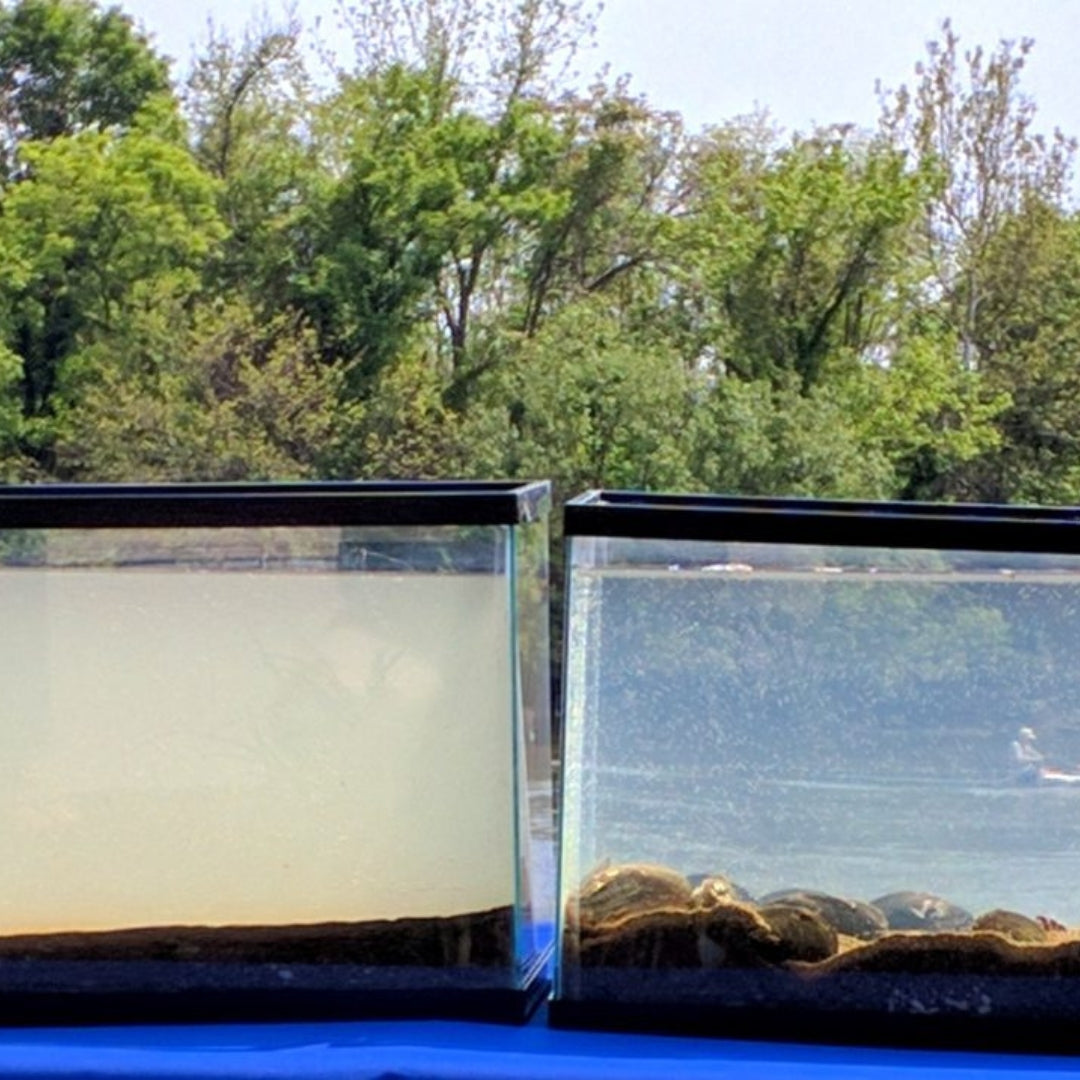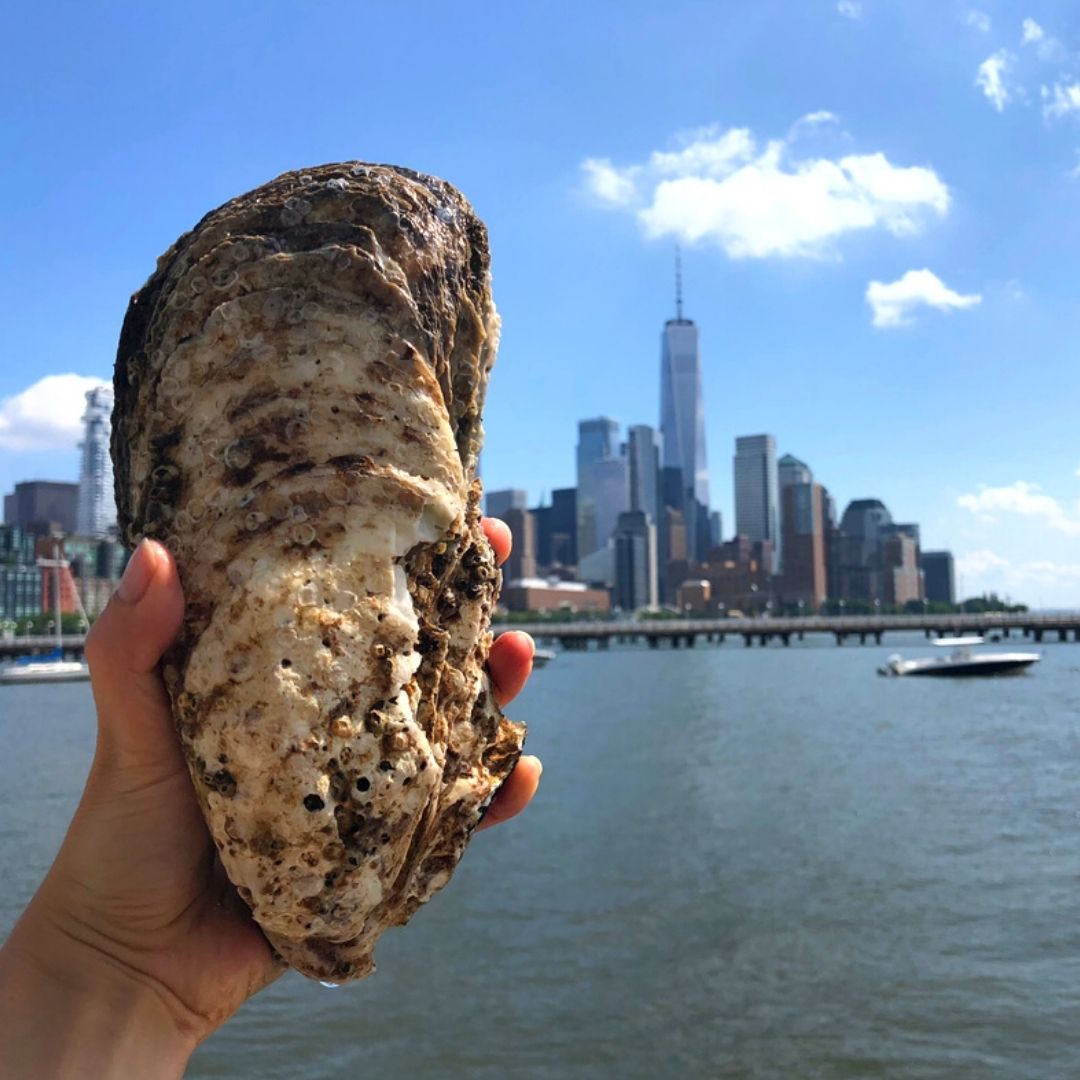In the Delaware River and other waterways across the United States, conservationists are restoring aquatic vegetation and beds of mussels and oysters to clean up rivers and create a strong foundation for healthy ecosystems!


Image: Olivia Liu / Upstream Alliance
Planting Wild Celery Grass To Restore Freshwater Ecosystems
Have you ever heard of an aquatic plant called ‘celery grass’? Scientists are now transplanting this species to the Delaware River, which flows along the borders of New York, Pennsylvania, New Jersey, and Delaware! Celery grass is a species of tape grass that spends its entire life growing underwater. This is not a species of algae, but a true flowering plant!
This was the first planting of a new restoration project led by Upstream Alliance, a nonprofit focused on clean water. Celery grass works as a natural water ‘filter’ in freshwater ecosystems, cleaning up excess sediment. It also provides crucial shelter and food for fish! This restoration project is focused on improving water quality in the Delaware River, which provides drinking water for some 15 million people.


Image: Partnership For The Delaware Estuary
Oysters & Mussels Help Restore Fragile Ecosystems
To aid in the cleanup of urban rivers, scientists are focusing on organisms like bivalves (such as oysters and mussels) and other aquatic plants to help nature restore fragile ecosystems and improve water quality.
“Bivalves and aquatic vegetation improve water clarity by grounding suspended particles, allowing more light to penetrate deeper. They also have exceptional capacity to cycle nutrients — both by absorbing them as food and by making them more available to other organisms. “ — Yale Environment 360
Scientist Danielle Kreeger at the Delaware Estuary, says “Why not take the functional advantage of plants and animals that are naturally resilient and rebuild them? Then you get erosion control, water quality benefits, fish and wildlife habitat, as well as better access for people.”


Image: Canva
One Project Aims To Restore 1 Billion Oysters To New York Harbour by 2035!
In aquatic regions where the environment is restoring, scientists say that bringing back nature's tools, aka bivalves and aquatic plants, can create an enduring foundation for entire ecosystems! These restoration projects also help connect people to their waterways, and how we depend on these ecosystems for our survival.
We are extremely impressed by one project in particular, that is aiming to restore 1 billion oysters to New York Harbour by 2035! They are called The Billion Oyster Project, which has restored oysters at 15 reef sites, and are working to determine how oysters affect and are affected by water quality.
Kreeger says that by bringing back bivalve and aquatic vegetation communities “we’re restoring nature’s ability to keep itself clean.”
Aren’t bivalves and aquatic plants just fascinating?! We think it’s incredible that scientists and conservationists are turning to the natural tools we’ve always had, to restore healthy ecosystems, and clean up water that is consumed by millions of people!
If you love hearing about conservation efforts from around the world, check out our Eco News category and take a look at the blogs below.
3D Printing Wood?! How It’s Now Possible To Create Wood Without Cutting Trees
Aussie Innovators Create Edible Coffee Cups To Eliminate Waste
This New Battery Is Seaweed-Based & Stores Energy Sustainably!



